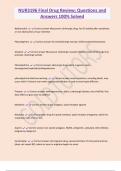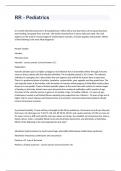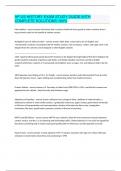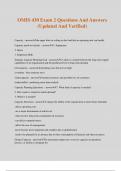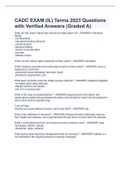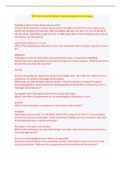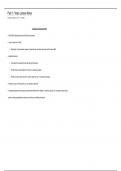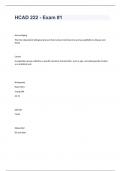Samenvatting
Summary Glossary - Introduction to Research in Marketing (Spring 2022)
- Instelling
- Tilburg University (UVT)
Glossary/summary of the introduction lecture and the 6 topics discussed in class: ANOVA, Linear Regression, Factor Analysis, Cluster Analysis, Logistic Regression, Conjoint Analysis. Professor: Els Gijsbrechts. Written: spring 2022.
[Meer zien]





